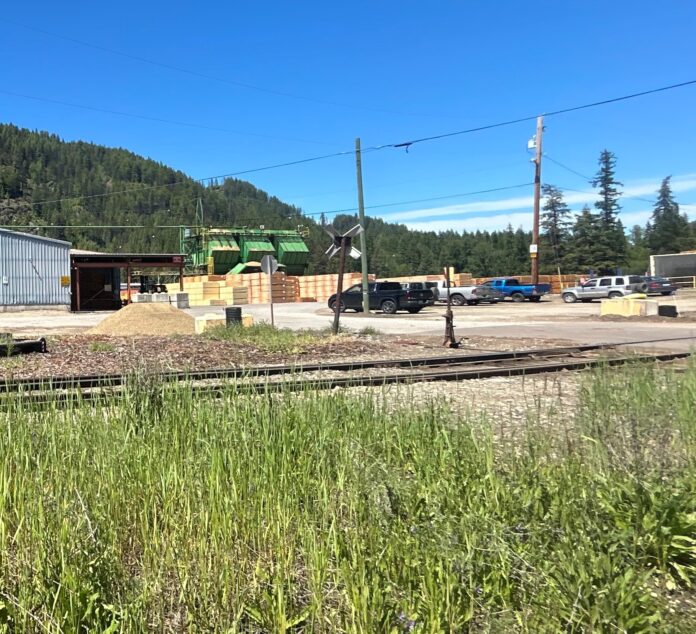The BC government has reduced the allowable annual cut (AAC) levels in the Kootenay Lake Timber Supply Area (TSA) to 550,000 cubic metres, a 13.4 per cent reduction from the previous AAC.
The new AAC came into effect on June 4 and was set by the province’s deputy chief forester.
A media release from the province stated that the new levels reflect adjustments made to consider the available harvest on unstable steep slopes.
Additionally, the new AAC accounts for higher levels of stand-level reserves to address biodiversity, stream edge and wetland management, domestic watersheds, cultural and heritage resources, and climate change.

The province said the Kootenay-Boundary Region has agreed to stop cutting down at-risk old-growth forests, with full support from local First Nations. Logging companies in the area will wait for a final decision on how to manage these old forests.
To support this pause and ensure sustainable forestry, the following limits have been set:
- Up to 25,300 cubic metres (4.6%) of the annual allowable cut (AAC) can be harvested from old forests.
- Up to 524,700 cubic metres (95.4%) of the AAC can be harvested from other forests.
The province defines old forest as stands older than 250 years in less frequently disturbed ecosystems and stands older than 140 years in more frequently disturbed ecosystems. The TSA overlaps the territory of member First Nations/Bands of the Ktunaxa Nation, Secwepemc Nation, Okanagan Nation (Sylix) and the Sinixt (Lakes Tribe of the Colville Confederated Tribes).
The Kootenay Lake TSA comprises approximately 1.24 million hectares in southeastern British Columbia.
The chief forester is required to determine the AAC in each of the province’s 37 TSAs and 34 tree farm licences at least once every ten years.
Something going on in your part of the Kootenays you think people should know about? Send us a news tip by emailing [email protected].





